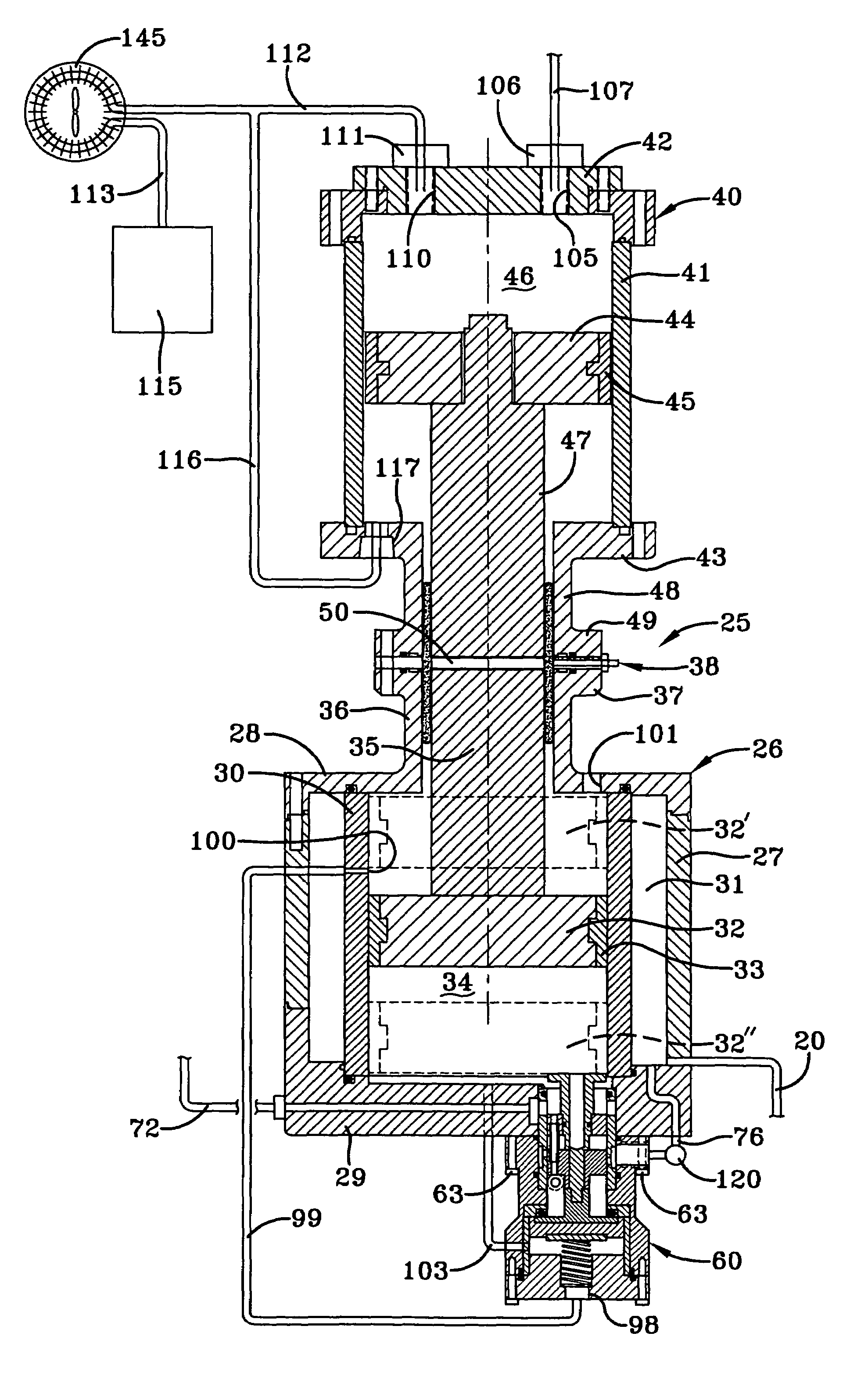Heat pump system
a heat pump and heat engine technology, applied in the field of heat pump systems, can solve the problems of low efficiency, low efficiency, and high cost of heat pump components, and achieve the effects of increasing the efficiency of the heat pump system, reducing friction, and improving the operation efficiency of the heat engin
- Summary
- Abstract
- Description
- Claims
- Application Information
AI Technical Summary
Benefits of technology
Problems solved by technology
Method used
Image
Examples
Embodiment Construction
[0028]An exemplary heat pump system embodying the concepts of the present invention is generally indicated by the numeral 10 in FIG. 1 of the drawings. While the exemplary heat pump system 10 shown and described herein is particularly applicable to a three-ton unit of a type which might be employed for residential purposes, larger or smaller units can be employed depending upon the requirements and the invention may be readily adapted to vehicles or other applications, particularly in instances where excess heat may be available.
[0029]The heat pump system 10 has a power section, generally indicated by the numeral 11, which drives and otherwise interrelates with a compressor section, generally indicated by the numeral 12. As will be appreciated from the following description, the power section 11 employs a Rankin cycle, and the compressor section 12 employs a vapor compression cycle. As a result, differing working fluids are employed in the power section 11 and the compressor section...
PUM
 Login to View More
Login to View More Abstract
Description
Claims
Application Information
 Login to View More
Login to View More - R&D
- Intellectual Property
- Life Sciences
- Materials
- Tech Scout
- Unparalleled Data Quality
- Higher Quality Content
- 60% Fewer Hallucinations
Browse by: Latest US Patents, China's latest patents, Technical Efficacy Thesaurus, Application Domain, Technology Topic, Popular Technical Reports.
© 2025 PatSnap. All rights reserved.Legal|Privacy policy|Modern Slavery Act Transparency Statement|Sitemap|About US| Contact US: help@patsnap.com



